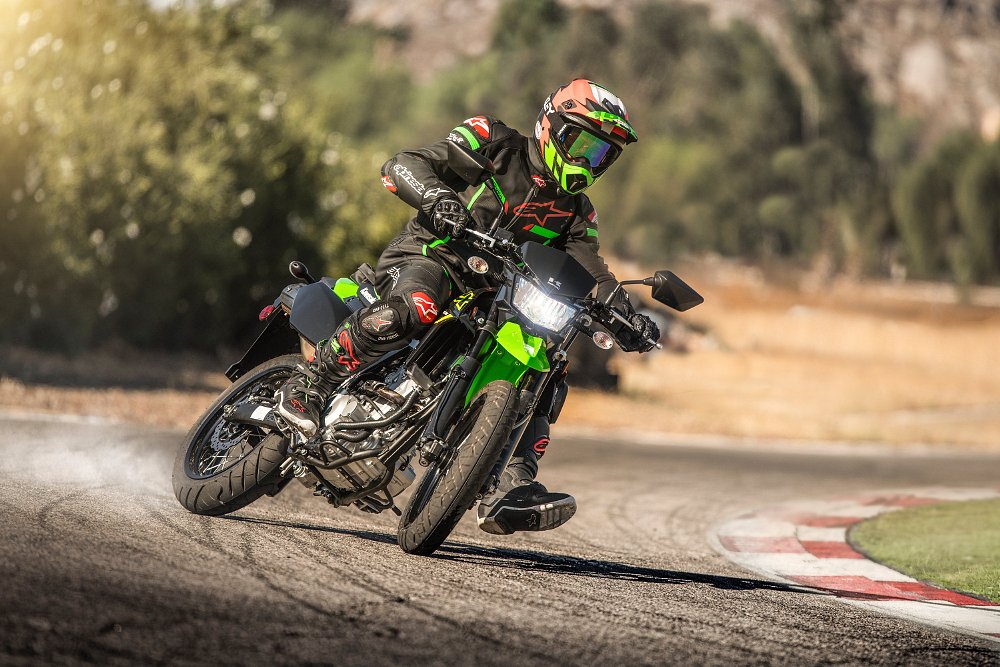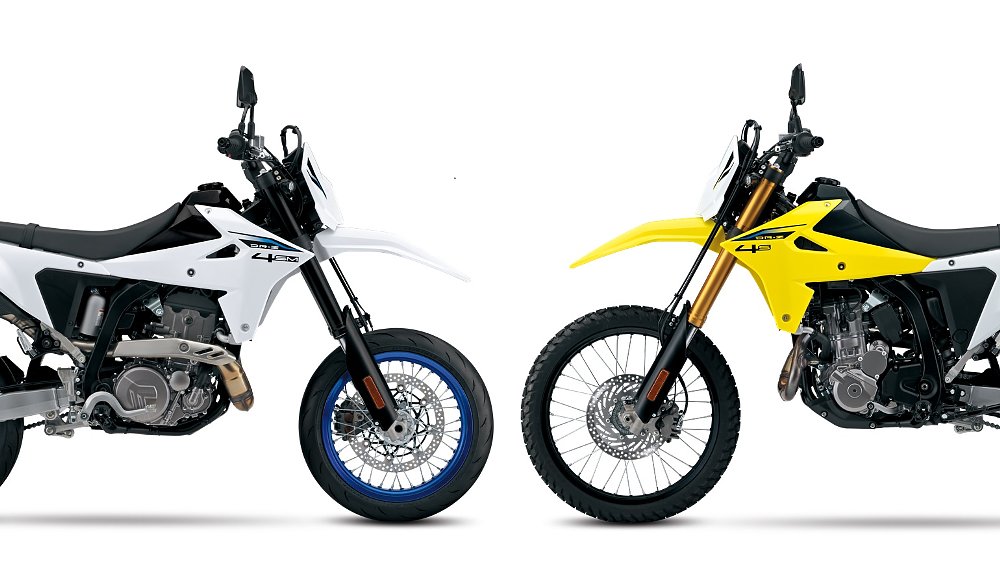When KTM introduced the 390 SMC R this week, it initially failed to provide a few key details. Chief among them was the model’s MSRP.
A quick e-mail to a KTM representative and I soon learned that the newest 390 carries a $5,499 price tag. You read that right, 55 big ones. If you thought that was a typo, you’re not alone. Lance and I were just as dumbstruck. So much so that I called the KTM rep back just to confirm. Triple checking only returned the same result. The verified price was indeed $5,499.
For those unfamiliar with small-bore supermotos, that's not just competitive, it’s downright disruptive. So disruptive that it could flip the class on its head — a class that’s seen steady price hikes over the years and what I call the supermoto upcharge, a scenario where the supermoto in manufacturers' lineups has been priced higher than similar or even better equipped models from the same company. The SMC R goes against that trend and it's one reason we were so surprised that I went back to triple-check the price.
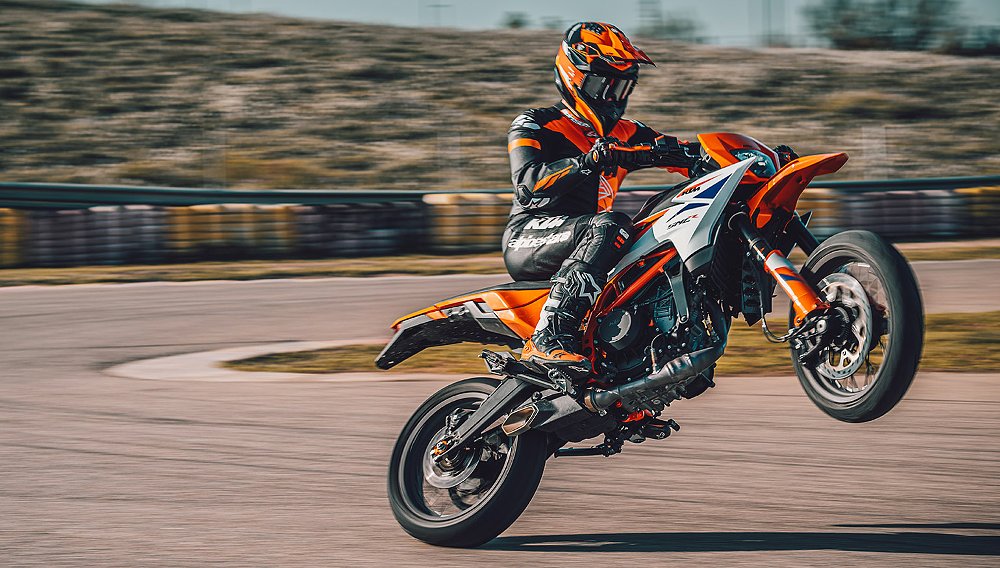
Counting the costs
The other reason the 390 SMC R's price could be disruptive is because it isn’t the only new model joining the supermoto ranks in 2025. Suzuki will also release the DR-Z4SM, the long-awaited update to its long-in-the-tooth DR-Z400SM. For now, the Hamamatsu house is holding the model's MSRP close to the chest, but if it’s anywhere near its predecessor’s asking price, Suzuki might have a problem on its hands.
The DR-Z400SM debuted in 2005 with a $6,099 price tag. By 2013, it was knocking on the door of seven grand. That ballooned to $7,899 by its final year of production (2024). It’s reasonable to assume that Suzuki will price the new DR-Z4SM somewhere around the outgoing model. Given the 390 SMC R’s MSRP, that premium of more than $2,000 over the KTM might make it a hard sale to make.
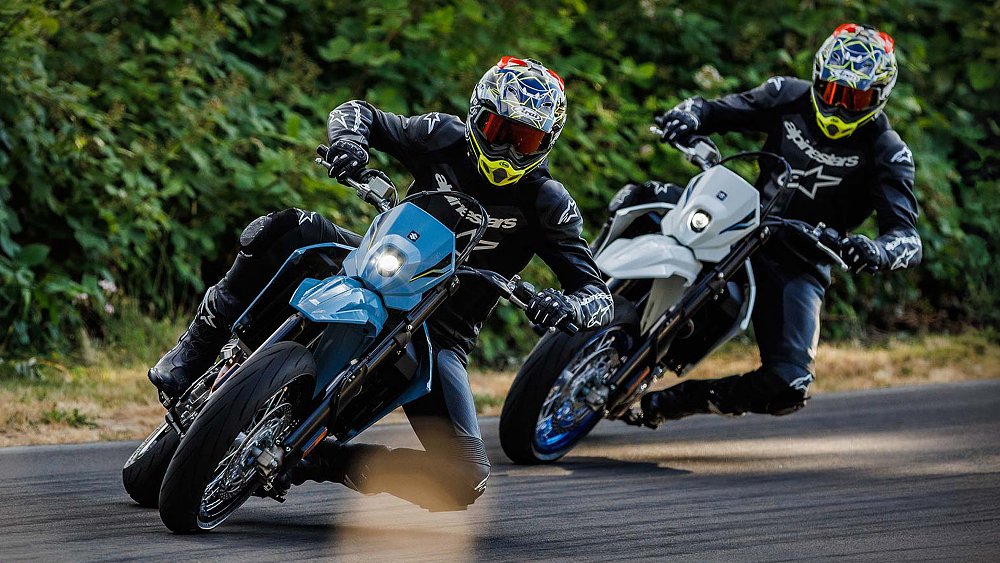
It’s not alone, either. Even the Kawasaki KLX300SM surpasses KTM’s aggressive price point. Kawi’s entry-level supermoto arrived in 2021 with a $5,999 sticker price. The model rose to $6,599 by 2024. This year, Kawasaki slashed the KLX300SM to $5,849, a $750 difference. Yet, it’s still more expensive than the incoming 390 SMC R.
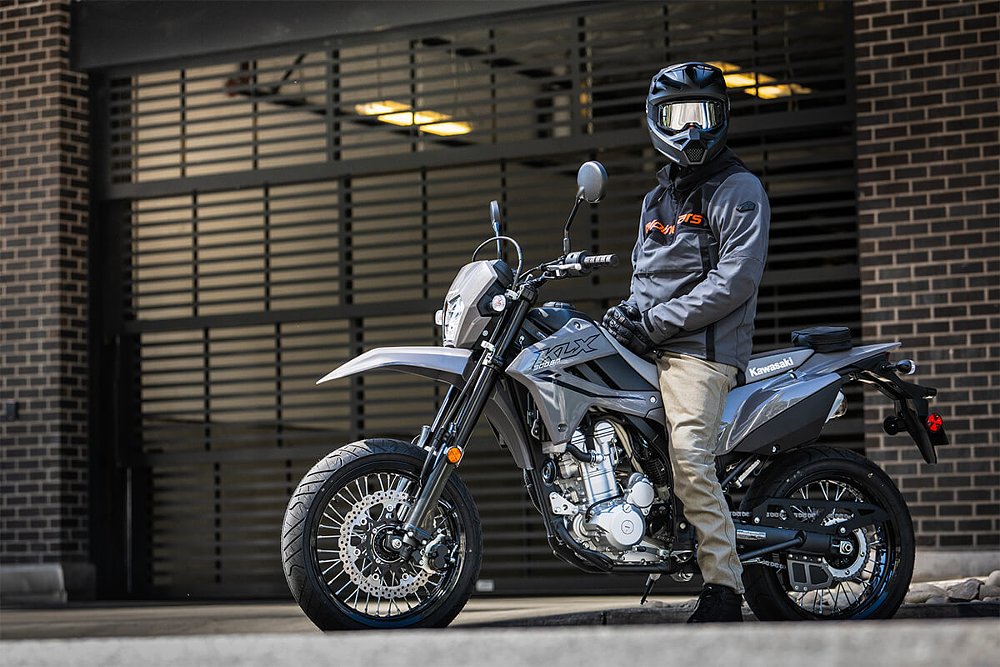
Higher pricing isn’t unheard of in the segment, though, especially when comparing SuMos to models in adjacent categories. For instance, the KLX300SM costs $200 more than Kawasaki’s own Z500 naked bike, which has a larger, twin-cylinder engine. The DR-Z400SM is priced $500 more than the SV650 ($7,399). Both supermoto models command more moolah than their closely related dual-sport brethren, too. Kawasaki values the KLX300SM at $400 over the KLX300. The DR-Z400SM is $700 more than the DR-Z400S.

The 390 SMC R may reverse that trend, as well. At $5,499, it’s $400 less than its naked bike sibling, the $5,899 390 Duke (2024 model year).
When KTM unveiled the 390 SMC R, it probably didn’t intend to upend the segment. It probably didn’t plan to expose the supermoto upcharge. It probably set out to offer the most affordable package it could. By doing so, it may just trigger a pricing reset in the segment.
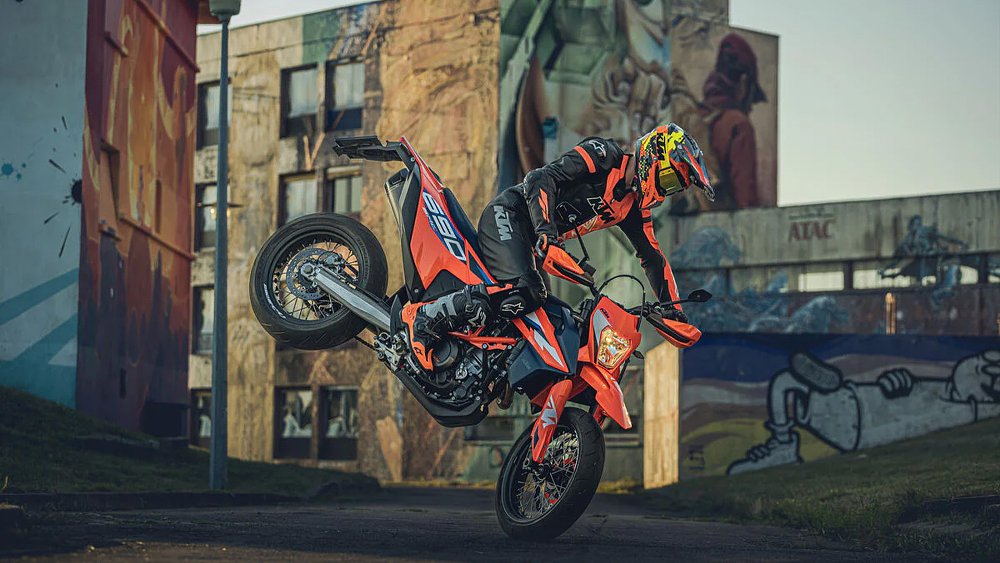
To keep up, rivals may have to price down. We’ll only know for sure once Suzuki releases the 2025 DR-Z4SM’s starting price later this year. Until then, I’ll be busy convincing myself I don’t need a $5,499 supermoto in my garage.

 Membership
Membership







